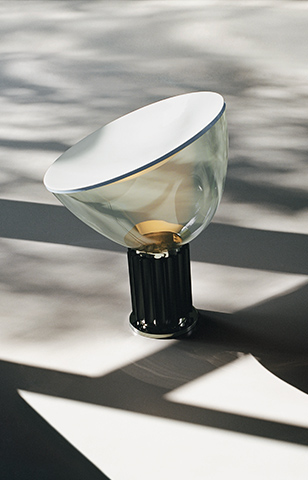Fixture Upper: Types of Lighting Fixtures


There are several types of lighting fixtures, including:
Refers to lighting systems that are integrated into our homes and strategically designed to fill a need. There are three basic types of architectural lighting—cove, soffit, and valance.
Located on a ledge, shelf, or recess located high on a wall, directing light upward and allowing it to bounce off of the ceiling or upper wall.
Located in a soffit or cornice near the ceiling, allowing light to radiate downward, illuminating the wall.
A valance is a horizontal shield, so it stands to reason that this type of lighting includes a light source within the valance. It allows the light to radiate upwards and downwards.
It is installed above the ceiling so that the opening of the light source is flush with the ceiling. Providing a straight line of light, it’s ideal as task, ambient, or accent lighting.
Generally installed on a “track” that’s mounted on a wall or ceiling. The lamp heads are adjustable, making this ideal for accent or task lighting.
It makes life easier in the kitchen. This popular task lighting generally uses LED tubes and is installed under cabinets, offering additional light to work by.
This type of light is suspended from the ceiling, and you’ll usually find them casting downlights over tables, kitchen islands, and anywhere that has both ambient and task lighting needs.
This light is suspended from the ceiling, generally over tables. However, unlike pendant lights, chandeliers cast their light upwards, providing an ambient glow.
Mounted directly onto the ceiling, offering ambient light through a covering lens or shade.
It is a smaller fixture that is mounted to the surface of a wall and covered with shades. They offer ambient or accent lighting.
These are mobile, versatile light sources that can go where you need them, offering direct downlight that’s perfect for tasks or general lighting.
Your couch is plush, your bed is soft, your kitchen counters are the perfect height—when it comes to ergonomics, we often think about the things we visually touch, but we’re missing out on something important: visual comfort. Ergonomic lighting means light so right you don’t even need to think about it. Here’s how to get it:
You have different lighting needs for different areas, so first decide what works best in each space–ambient/general, task, or accent lighting. Knowing what you’ll do will help you light the space in a way that works.
Bright light will make you squint and dim light will make you strain. Opt for a middle ground.
A dimmer switch makes your light source more versatile—adjust it throughout the day as your needs change, in order to optimize your experience.
Replace dimming/dead bulbs as often as you need to. (Tip: LED bulbs have a longer life cycle than their incandescent counterparts.) Avoid products that don’t offer a warranty. If you invest in an LED fixture and you’re not covered by a warranty, you’ve lost everything you would have saved-- and then some!
Add light where you need it—several sources, with a mix of downlighting and uplighting is best. Focus on distribution, and make sure light is evenly placed in an area.
Hiring a lighting designer is a great way to ensure that optimal light levels are achieved throughout interior spaces.
In general, a yellow-toned light hue is easier on the eyes.
Glare is a visual impairment that occurs when an intense and concentrated light source is directly visible. Its effects can be distracting, like when a lamp’s reflection is on your computer screen, or downright dangerous, like when the sun interferes with your ability to drive.

